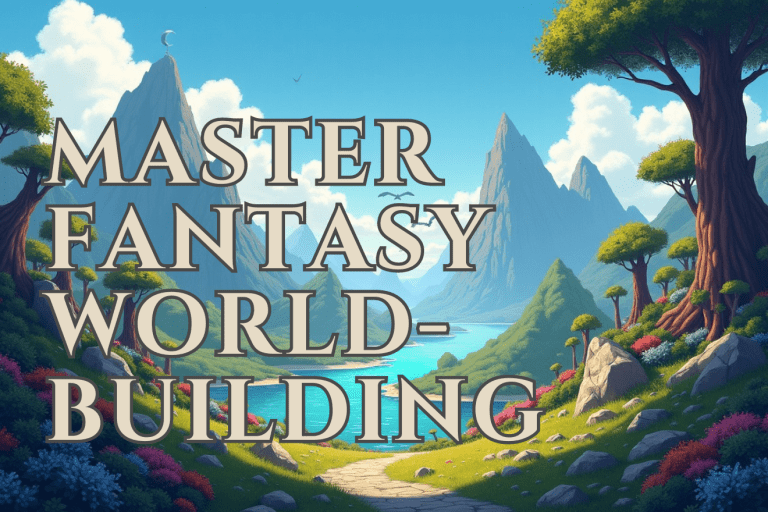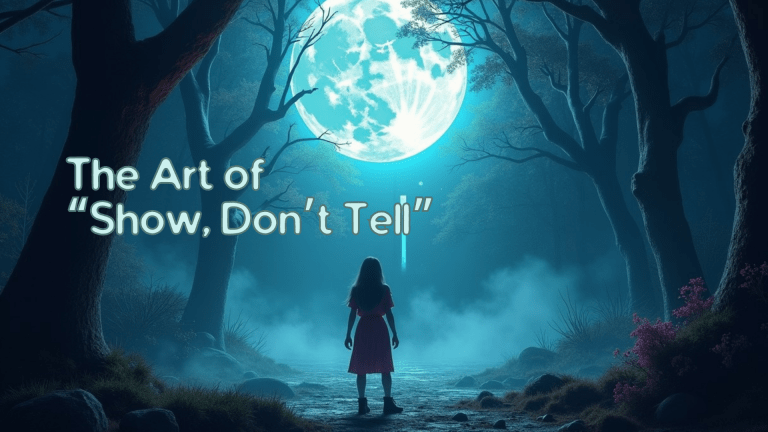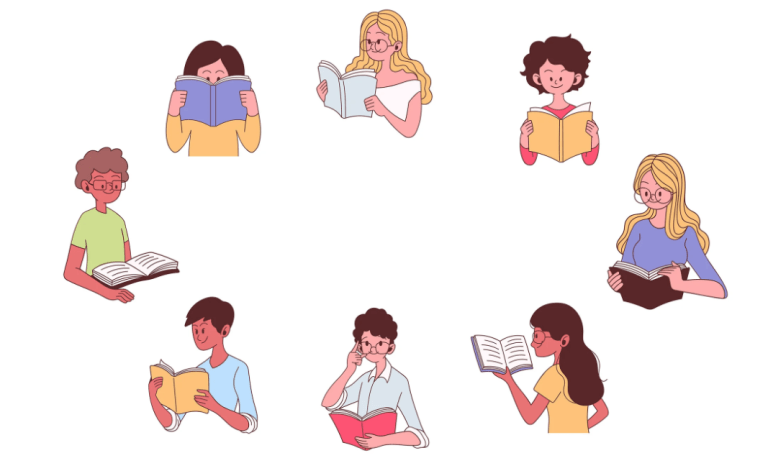Writing Effective Conflict: 5 Types of Conflict in Fiction (2024 Guide)
Ah, conflict – the beating heart of every great story! Without it, our beloved characters would be left twiddling their thumbs, and readers would be snoozing by page two. But did you know that mastering the art of conflict can be the difference between a page-turner and a dust-collector? Buckle up, fellow wordsmiths, because we’re about to dive into the thrilling world of fictional feuds!
As Pulitzer Prize-winning author William Styron said, “In literature, as in life, conflict is the essence of drama.” Whether you’re a seasoned novelist or a budding storyteller, understanding the types of conflict in fiction is your secret weapon for crafting unforgettable tales. So, grab your quill (or keyboard), and let’s explore the five types of conflict that will have your readers biting their nails and begging for more!
Want to learn more about writing with compelling conflict? Take a look at this course on Udemy!
1. Man vs. Self: The Internal Struggle
Internal conflict is when characters battle their inner demons. It’s those tough decisions, self-doubt, and moral dilemmas that keep us glued to their journey. Think of Hamlet’s indecision or Katniss’s fears in The Hunger Games. The trick? Make it relatable! Readers should feel the character’s turmoil as if it’s their own.
Pro Tip: Balance internal conflict with external plot events. This keeps the narrative flowing while diving deep into your character’s psyche.
2. Man vs. Man: The Classic Confrontation
This is storytelling’s bread and butter – characters clashing with one another. Whether it’s a physical fight, an emotional showdown, or a battle of wits, this conflict drives countless narratives. Examples range from Harry and Voldemort’s rivalry to Elizabeth Bennet and Lady Catherine’s tension in Pride and Prejudice.
Pro Tip: Create multi-dimensional antagonists. The best villains have depth, making the conflict more gripping.
3. Man vs. Nature: Battling the Elements
When nature itself becomes the antagonist, it’s a gripping struggle for survival. From hurricanes and droughts to wild beasts, this conflict places characters against the forces of nature. The Old Man and the Sea is a classic example, where the struggle against nature also becomes a metaphor for man’s resilience.
Pro Tip: Personify nature to heighten tension. Make the storm more than just weather; it should feel like a living, breathing force!

4. Man vs. Society: Challenging the Status Quo
This conflict explores characters standing against social norms, government oppression, or cultural barriers. Think of 1984, where Winston battles a dystopian regime, or To Kill a Mockingbird, with its exploration of racial injustice. The key here is to make the struggle resonate on both a personal and societal level.
Pro Tip: Balance the individual’s journey with the broader social message to create layered narratives that challenge readers’ perspectives.
5. Man vs. Technology/Supernatural: Beyond the Ordinary
In modern and speculative fiction, conflicts against AI, supernatural beings, or magical elements create captivating narratives. Whether it’s battling a rogue AI or encountering a mythical creature, these conflicts open the door to fantastical worlds. Examples abound in sci-fi like The Matrix or fantasy epics like The Lord of the Rings.
Pro Tip: Keep the world-building balanced with character development. A rich setting is vital, but it’s the characters’ emotional journey that keeps readers engaged.
The Gripping Conclusion:
Whew! We’ve journeyed through the tumultuous landscape of fictional conflicts, and I hope you’re buzzing with ideas for your next literary masterpiece. Remember, the key to writing effective conflict lies in understanding these five types and knowing when to deploy them for maximum impact.
As you craft your stories, don’t be afraid to mix and match these conflict types. After all, life is messy, and the best fiction reflects that beautiful chaos. So go forth, brave writer, and stir up some trouble for your characters – your readers will thank you for it!
Now, it’s your turn to put pen to paper (or fingers to keyboard). Which type of conflict resonates most with your current project? Dive in, explore, and watch your stories come alive with the power of well-crafted conflict. Happy writing, and may the muse be with you!
[Discover more tips and techniques to elevate your writing at BookMatchClub.com.]







